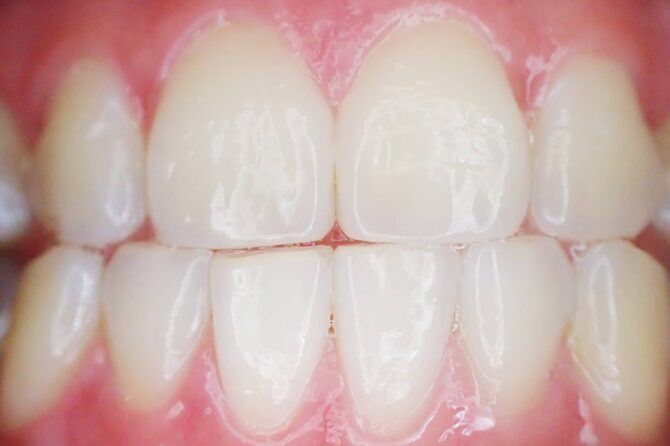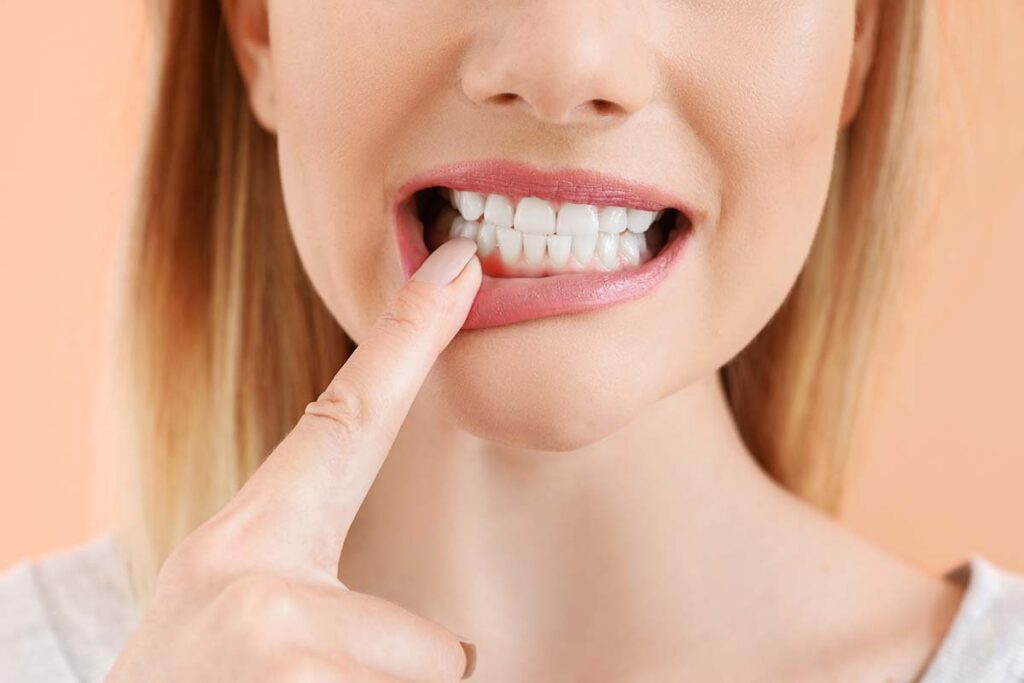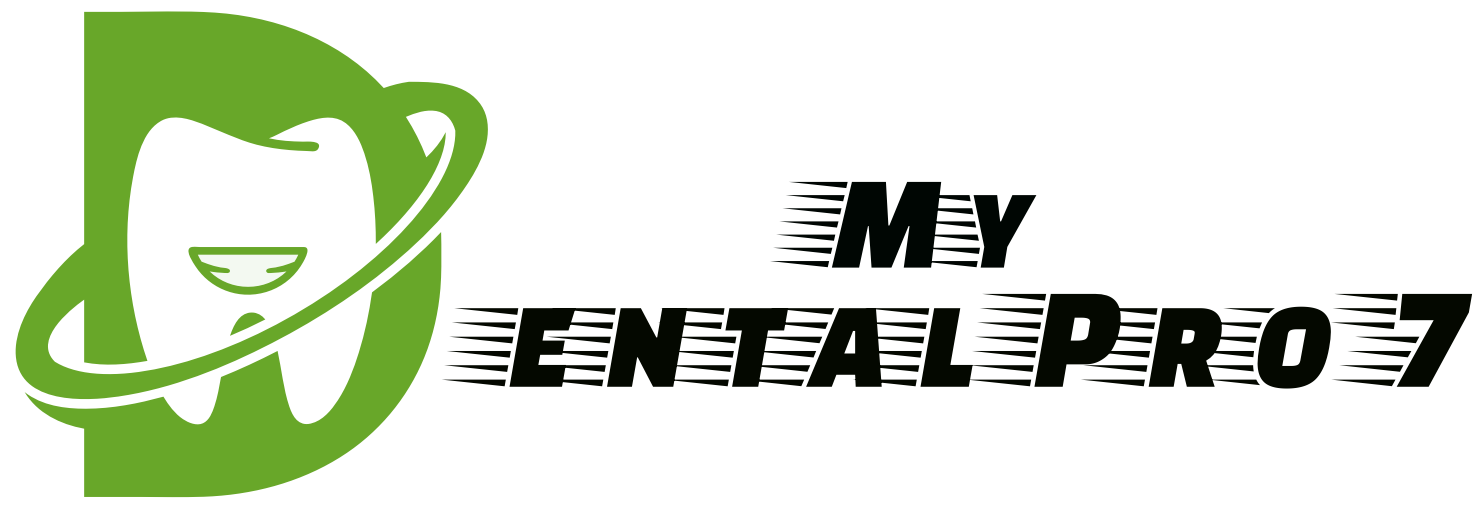
It’s Never Too Late: How to Improve your Gum Health in Your 20s
Introduction to Receding Gums in Your 20s
Receding gums can be an alarming problem to discover in your 20s. While it can often be a sign of gum disease, receding gums can also stem from vigorous brushing habits, genetics, or even hormonal changes. Thankfully, there are methods of prevention, diagnosis and treatment that you can use to help protect your gums and maintain proper oral health.
In this guide, we will discuss the possible causes of receding gums and the symptoms to look out for. We’ll also explain how to diagnose receding gums and the different treatments available, as well as the important steps to take during the recovery process. Finally, we’ll finish off with some useful resources for further reading.
If you think you might be at risk for receding gums, it is important to talk to a dental professional about your concerns. With the right advice and care, receding gums can be slowed down or even reversed.
Causes of Receding Gums
If you are in your twenties and suffering from receding gums, you may be wondering what is causing it. Here are some of the most common causes of receding gums:
- Gum Disease: Also known as periodontal disease, this is an infection of the gums caused by bacteria. If left untreated, it can lead to inflammation, gum recession, and tooth loss.
- Aggressive Tooth Brushing: Brushing your teeth too hard or using a hard-bristled toothbrush can also lead to gum recession as it can cause damage to the gums and increase their vulnerability to bacteria.
- Abnormal Tooth Positioning: Teeth that are positioned too close together or have a misaligned bite can lead to gum recession as they can cause trauma to the gums through excessive friction.
- Tobacco Use: Smoking or chewing tobacco can drastically reduce the amount of blood flow to the gums, which weakens them and can ultimately lead to gum recession.
- Hormonal Changes: Changes in hormone levels can cause the gums to become more sensitive or susceptible to infections, causing receding gums.
- Emotional Stress: High levels of stress can weaken the immune system, making the gums more prone to receding.
- Medications: Certain medications can cause gum recession as they can reduce the amount of saliva in the mouth, allowing bacteria to thrive.
It is important to note that any of the above factors can contribute to receding gums in the 20s, but it is always best to consult with a dental professional before taking any action.
Receding gums can be a sign of an underlying health issue, so it is important to identify the symptoms and address them as soon as possible. There are several symptoms associated with receding gums in the 20s, which include gum line sensitivity and tooth discoloration.

Gum Line Sensitivity
The early signs of receding gums may include a feeling of soreness or sensitivity along the gum line. This can often lead to discomfort when brushing teeth or eating hot or cold foods, as the dentin layer below the enamel of the tooth can become exposed due to the recession of the gums.
Tooth Discoloration
Another symptom of receding gums is visible changes in the color of the teeth. This occurs when the dentin layer below the enamel of the tooth is exposed, causing the teeth to take on a yellowish hue. In more severe cases, this can even lead to permanent staining of the teeth.
Other Signs to Look For
In addition to gum line sensitivity and tooth discoloration, other signs associated with receding gums include:
- Redness and inflammation along the gum line.
- Noticeable gaps between teeth and gums.
- A feeling of loose teeth.
- Pain and tenderness in the mouth.
If any of the above symptoms are present, it is important to seek professional medical help as receding gums can be a sign of an underlying health issue. For more information, please refer to the Resources and Further Reading section at the end of this guide.
Diagnosis of Receding Gums
It’s important to get a good diagnosis of receding gums before proceeding with a treatment plan. Your dentist will be able to determine whether the symptoms you’re experiencing are due to receding gums. Here are some of the methods used to diagnose receding gums.
Visual Assessment
One of the most common diagnosis methods for receding gums is a visual assessment. During this appointment, your dentist will look at your gums and teeth to look for any signs of recession. This may involve looking for signs of inflammation, redness, or other abnormalities. They may also measure the depth of your gum line or check for signs of recession such as exposed root surfaces.
Periodontal Measurements
Periodontal measurements involve taking measurements of your gum tissue to determine how much recession has occurred. This could involve measuring the pocket depths between your teeth, which can indicate the level of bone loss. It may also involve measuring the distance between your gum line and the bone.
X-Rays
X-rays are another commonly used method for diagnosing receding gums. X-rays provide a way to look underneath the teeth to detect any changes in the jawbone that may have occurred due to receding gums. This can help your dentist to assess the extent of the recession and to create an appropriate treatment plan.
These are just a few of the methods used to diagnose receding gums. By getting a proper diagnosis, you and your dentist can create a treatment plan tailored to your individual needs. If you think you may be experiencing receding gums, it’s best to speak to your dentist as soon as possible.
Preventing Receding Gums
When it comes to receding gums, prevention is always better than cure. Taking a few simple steps can go a long way in helping you keep your gums healthy. Here are some tips for preventing receding gums:
- Gently Brush Teeth: Brush teeth twice daily using a soft bristled toothbrush and dental-grade toothpaste. Be sure to gently brush all areas of the mouth, including the gum line and back of the teeth, where plaque can easily accumulate.
- Floss Regularly: Flossing at least once a day helps remove food particles and plaque from between teeth and along the gum line. Flossing allows you to reach places that a toothbrush cannot.
- Rinse with Antimicrobial Rinse: Using an antimicrobial rinse daily helps reduce the amount of bacteria in the mouth and can help protect against receding gums.
- See Your Dentist Regularly: Regular visits to the dentist can help to spot any early signs of receding gums and start treatment before it becomes an issue.
By following these preventive measures, you can ensure your gums stay healthy and free from receding issues. As with any lifestyle change, it may take a bit of getting used to, but the results will be worth it.
Treatments for Receding Gums
If you are experiencing receding gums, there are a variety of treatments available to alleviate or stop the receding. Depending on the extent of the problem, your dentist may suggest one of the following treatments:
- Antibiotic Therapy: Antibiotics can be used to treat gum inflammation and reduce bacteria in the mouth. It is usually taken orally in the form of a pill.
- Root Planing and Scaling: This treatment involves scraping away plaque from teeth roots and smoothing the surface of teeth in order to reduce bacteria and stop the receding gums.
- Periodontal Surgery: For more severe cases, your dentist may recommend a surgical procedure to remove any infected tissue and/or replace it with healthy tissue.
- Medications: Your dentist may prescribe medications to help reduce inflammation and keep bacteria in check. This can include antibiotics, corticosteroids, or antiseptics.
- Gum Tissue Replacement: Grafts or tissue replacement therapies may be used to fill in areas where gums have receded. This can help protect the teeth from further damage.
It’s important to discuss with your dentist which treatment is right for you and what the expected recovery timeframes and success rates are for each type of treatment.
Recovery Timeframes
It typically takes between two to four weeks for receding gums to heal, depending on the severity of your individual situation. During the healing process, it is important to stay away from triggers that could aggravate your gums, such as tobacco use and foods high in sugar. Additionally, make sure you are following a strict oral hygiene routine that includes brushing, flossing, and using an antimicrobial mouthwash.
It is also highly recommended to visit a dental professional for regular check-ups to ensure that the healing is going as planned. If you experience any pain or swelling, contact your dentist immediately as this could be an indication of infection.
Finally, try to keep your gums healthy by eating a balanced diet with plenty of fruits and vegetables, avoiding tobacco products, and maintaining proper oral hygiene habits.
It is understandable to feel concerned if your gums have begun to recede in your twenties. This guide will help you understand the causes and symptoms of receding gums, how to diagnose it and the most effective treatments and prevention strategies for maintaining healthy gums. Firstly, there are a number of potential causes for receding gums in the 20s, such as periodontal disease, excessive brushing or flossing, teeth grinding, and genetics. The primary symptom is gum line sensitivity and discoloration of the teeth. It is important to seek advice from a dental professional to correctly diagnose receding gums. In terms of prevention, brushing softly, regularly flossing and using antimicrobial mouthwash are all recommended habits. Treatment options include antibiotics, periodontal surgery, root planing and scaling, and gum tissue replacement therapies. Recovery times vary and depend on the extent of the damage and which treatment has been implemented. During recovery, it is important to keep up with regular brushing and flossing, as well as avoiding anything that could cause irritation to already sensitive gums. This guide has outlined some of the key points around receding gums in the 20s. To ensure healthy gums, preventive measures such as gentle and regular brushing and flossing, as well as avoiding anything that could irritate them are strongly recommended. For more extensive information, please refer to the resources provided.
Resources and Further Reading
If you are looking for more information about receding gums, there are many great resources available. Professional associations, such as the American Academy of Periodontology (AAP) and the American Dental Association (ADA), can provide valuable information on the subject. Additionally, there are a number of articles, books and studies that can be useful.
The AAP offers free patient education materials regarding periodontal health, including information on receding gums. The ADA also has a library of consumer information, which includes a variety of topics related to oral health, including receding gums.
To stay up-to-date on the latest research and developments regarding receding gums, explore scientific journals such as the International Journal of Periodontics and Restorative Dentistry, the Journal of Dental Research, and the Journal of Clinical Periodontology.
For further reading, several books have been written about receding gums, such as ‘Receding Gums: A Comprehensive Guide’ by Dr. Roger Moore, ‘Understanding Receding Gums: Everything You Need To Know’ by Dr. Lucy Packer, and ‘Receding Gums: How To Reverse And Prevent It’ by Dr. Ronald Lewis.
Contacting a Dental Professional
If you are concerned about your receding gums, the best thing to do is to contact your dentist or dental hygienist. They will be able to assess the severity of your condition and recommend the best treatment option for you. It is always recommended to seek professional advice as soon as possible as receding gums can lead to larger oral health problems if left untreated.
Your dentist or dental hygienist will be able to provide you with a full consultation and discuss any potential treatments that may be suitable for you. After the initial consultation, you may need to book follow up appointments to monitor the progress of your teeth and gums, as well as assess any further treatments that may be necessary.
It is important to find a dental professional that you feel comfortable with and can trust. Doing research into different dentists and dental hygienists in your area can help you find the best possible fit.
Disclaimer
It is important to note that the information provided in this guide is for educational purposes only and should not be taken as medical advice. Every individual’s case is unique, and should be discussed with a qualified healthcare professional before making any changes or decisions. Please use the information at your own risk.
Receding gums in the 20s is a common dental issue, but one that can be prevented and treated. This guide has outlined the various causes, symptoms and treatments for receding gums in the 20s, as well as prevention strategies and recovery timeframes. It’s important to know that receding gums are a serious condition and treatment should be sought out early, if not prevented altogether. Proper brushing and flossing techniques, as well as regular visits to the dentist, are essential in achieving and maintaining healthy gums. If you think you may have receding gums, reach out to a dental professional for advice and assessment. Additionally, there are a number of resources available to help further educate yourself on this condition. Stay informed, stay vigilant, and remember: healthy gums lead to a healthy mouth and body.
FAQs About Receding Gums in 20s
- Q: What are receding gums?
A: Receding gums, also called gum recession, is the progressive loss of gum tissue that ultimately exposes the underlying jawbone. This may cause teeth to become loose and sensitive, if left untreated. - Q: What causes receding gums in the 20s?
A: Causes of receding gums in the 20s may include periodontal disease, aggressive brushing, hormonal changes, bruxism (teeth grinding), and poor dental hygiene. - Q: What are the symptoms of receding gums?
A: Common symptoms of receding gums include increased sensitivity, discoloration of the teeth, and changes in the shape and contour of the gums. - Q: How is receding gums diagnosed?
A: The diagnosis of receding gums can be done through visual checks, periodontal measurements, and x-rays. - Q: What strategies can prevent receding gums?
A: Practicing proper oral hygiene, such as gentle brushing, flossing and using antimicrobial mouthwash can help prevent receding gums. - Q: What are the treatment options for receding gums?
A: Depending on the severity of the receding gums, recommended treatment options may include antibiotics, scaling and root planing, periodontal surgery, or gum tissue replacement therapies. - Q: How long does it take for receding gums to heal?
A: The healing time for receding gums depends on the extent of the damage, but may range from a few days to months, depending on the treatment plan.
Leave a reply
